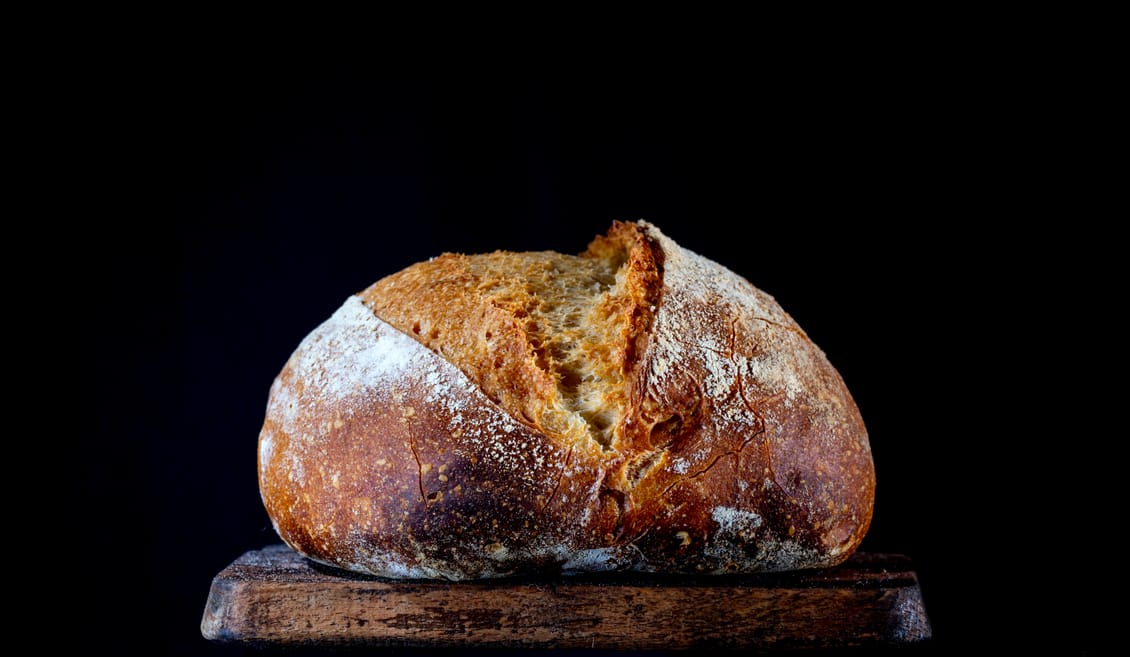
Regenerative agriculture is an approach to food and farming systems that focuses on the conservation and rehabilitation of land. Within this approach, strategies aim to regenerate the quality of topsoil, increase biodiversity, improve the water cycle, and enhance soil health – to protect our ability to grow food on fertile agricultural land long into the future.
The philosophy of regenerative agriculture demands a holistic understanding of how all aspects of agriculture are connected. You can’t just plant a mono-crop on a large scale and expect to have healthy land year-on-year – instead, it’s essential to understand the connected network of agriculture, with each farming decision affecting every other aspect of that network.
Instead of simply doing no harm, this approach to agriculture aims to improve the land over time – cultivating a thriving, alive environment. Specific practices include cover crops, crop rotation, conservation tillage, mobile animal shelters, pasture cropping, and many more.
In recent years, major food companies have been criticised for the slow pace at which they’re shifting to regenerative agriculture practices.
The FAIRR initiative is a collaborative investor network that aims to raise awareness of ESG risks and opportunities in agriculture. A review of 79 global agri-food companies by FAIRR found that 63% identify regenerative agriculture as an opportunity to reduce corporate emissions; but of the companies that have pledged to invest in regenerative practices, 64% don’t have any company-wide targets to help them achieve those goals.
In the FAIRR investor report, Jeremy Coller (FAIRR Chief Investment Officer) said:
“The multinational food giants have filled endless press releases with talk of their commitment to regenerative agriculture, but with no agreed definition of the term, it’s impossible to measure what progress they’re making or hold them to account for failing to keep their promises. A failure to deliver on promised change could soon prove very costly indeed.”
Part of the problem here is that there’s no formal definition of regenerative agriculture, so there isn’t a clear international consensus on what it would look like to achieve regenerative goals. Because of this, some companies have excluded it from their sustainability plans and pledges – because without a clear definition it’s difficult to measure, monitor, and report on regenerative agriculture improvements.
Now, major food industry players are collaborating to develop a definition of regenerative agriculture in order to enable faster progress.
At the end of September 2023 SAI Platform, a network of 170 large F&B companies that are working to push the needle on sustainability, released a new global framework to help businesses transition to regenerative agriculture.
Under the name Regenerating Together, the framework focuses on:
And at time of writing, the framework has already been tested by 20 businesses and farm cooperatives.
By bringing large-scale food companies into a collaborative framework and agreeing on a definition and desired outcomes for regenerative agriculture, SAI argues that businesses can achieve the measurable outcomes they need in order to make the shift. And in doing so, the framework could enable an industry-wide transition.
Businesses already involved include Danone, Nestlé, Pepsico, Unilever, and Bayer. And as more companies adopt the framework, we can expect to see faster progress towards the global adoption of regenerative agriculture.
Take your seat at the InFlavour table, a government-backed and world-leading B2B food event by Tahaluf.
E-mail address SubmitWant to keep up to date with all our latest news and information? Enter your name below to be added to our mailing list.
E-mail address Submit